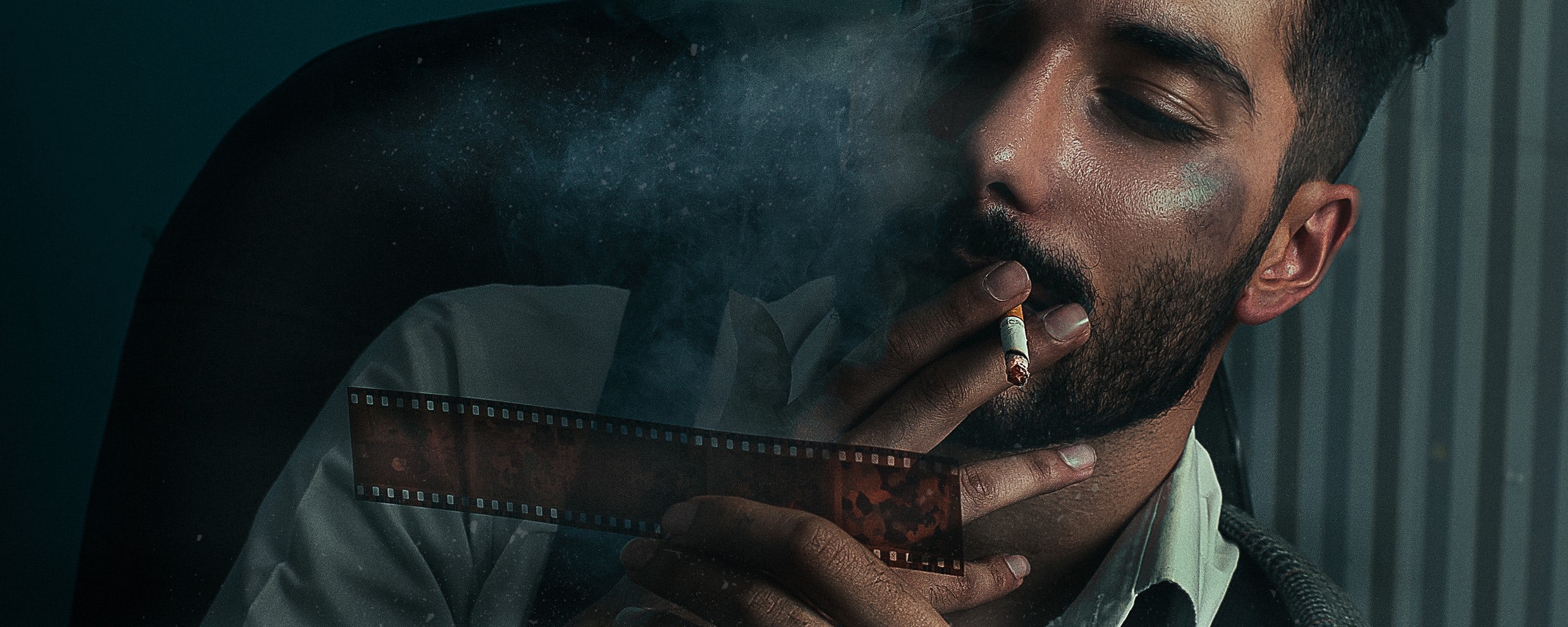
He’s so bad…or is he?
I recently read a novel by Kristin Hannah called The Great Alone. Loved it. Why? Because her characters were so well developed and so believable.
Most novels have an antagonist. A bad guy, an anti-hero. Someone who blocks the main character’s efforts to reach a desired goal. I call this character The Blocker.
There’s a compulsion to make the antagonist truly horrid, a real SOB, while our protagonist basks in the glow of a heavenly light and stands tall, strong and brave. Yet when I read novels from other authors, I find that this kind of character development doesn’t pull me into a story. They’re just not authentic.
In The Great Alone, Hannah takes the time to develop her Blocker completely, to show that he’s human. He’s not only suffering from PTSD after serving in the Vietnam war, but there are also times when he displays a great deal of affection toward his wife and his daughter. He has more than one layer to his personality.
By giving her character credible reasons for the way he acts, Hannah made his explosive temper even more chilling. It left me unsettled, never certain when and where his outbursts would happen. It also made the novel unpredictable because there was always the possibility that he might be redeemable. Brilliant.
When I was a young writer, my stories were cathartic. I created antagonists who were eternally shrouded in darkness, embracing any chance to create chaos and pain. I enjoyed writing about them because I envisioned people who had, intentionally or unintentionally, wounded me—and my protagonist could defeat them.
Like any young writer, when I showed one of my stories to a good friend for the first time, I chewed my fingernails and wandered aimlessly around my house, awaiting my friend’s review. After a couple of days, when I’d reached a point where I couldn’t wait any longer, I phoned her.
Once I was past the initial small talk (I didn’t want to look too needy), I casually asked her if she’d read my story. She hesitated then admitted, “I got halfway through it. I just couldn’t get into the characters.” She went on to say that Blocker didn’t seem real, that she’d never known anyone who was completely evil.
My first reaction after we said good-bye and hung up was to yell, “What do you know about writing?” After stewing and fretting and vowing not to speak to her again, I sat down and reread my story. The image that came into my mind was the villain in a bad silent movie as he twisted the ends of his moustache and laughed diabolically.
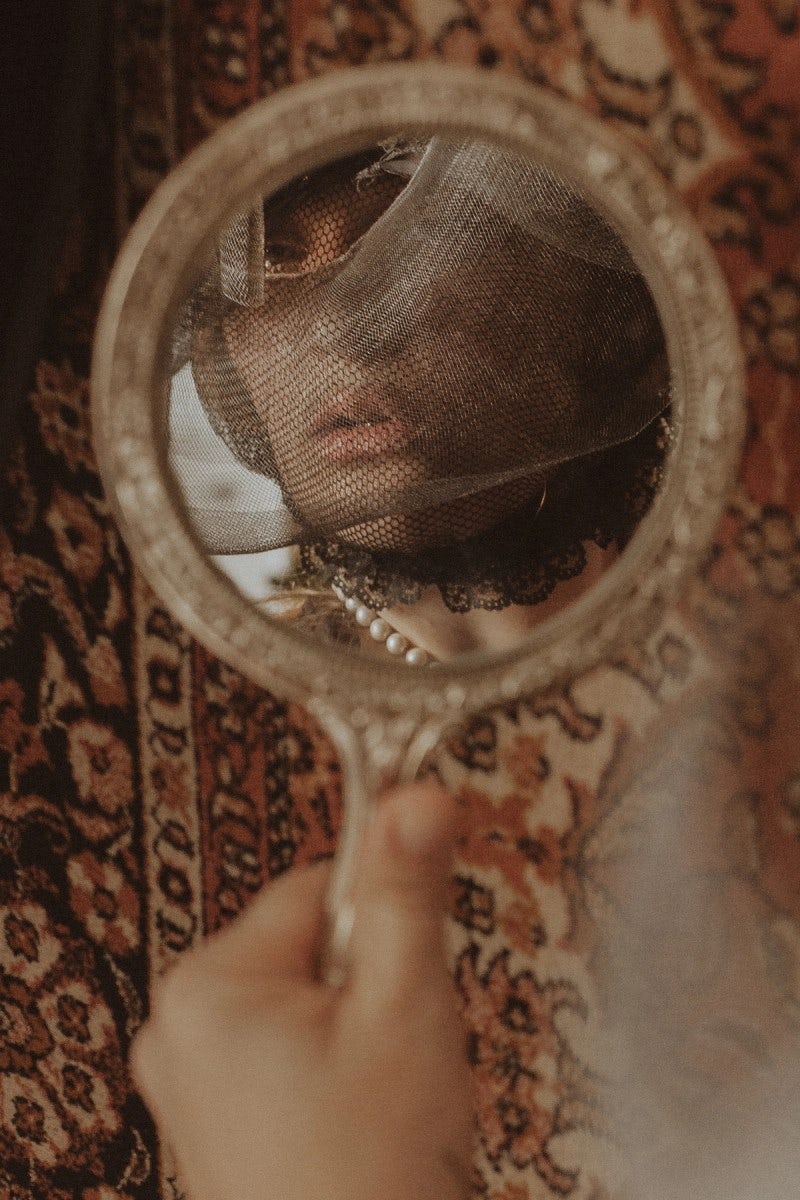
Making the Blocker Relatable
Since those days, I have tried to understand my Blockers, to explore their lives and flesh out their motives. I want them to be credible, to give the reader a reason to soften toward them (even a little bit), and, like Hannah, leave space for the characters to improve...or not.
In Broken Chain, Trish’s father, Percy Porter, was the so-called bad guy. Yet I tried to show times when Percy regretted his actions and attempted to make amends with his family. I also revealed, through dialogue, Percy’s past and the abuse he suffered from his own father.
In Beyond Reach, I didn’t have an obvious bad guy. Rae’s father, Dan McKeon, was tough on his daughter and harsh with his wife, so he was the antagonist. Yet we saw his life as a young man, came to understand how it had affected him. Dan grew and changed as the novel progressed until, by the end, he was one of my most likeable characters.
In both cases, I drew on people in my life, took bits and pieces from the personalities of my own personal Blockers. Between the two antagonists, Dan McKeon became so real to me, so layered, that I wrote him with love. I’ve had readers tell me that he grew into their favourite character in the novel.
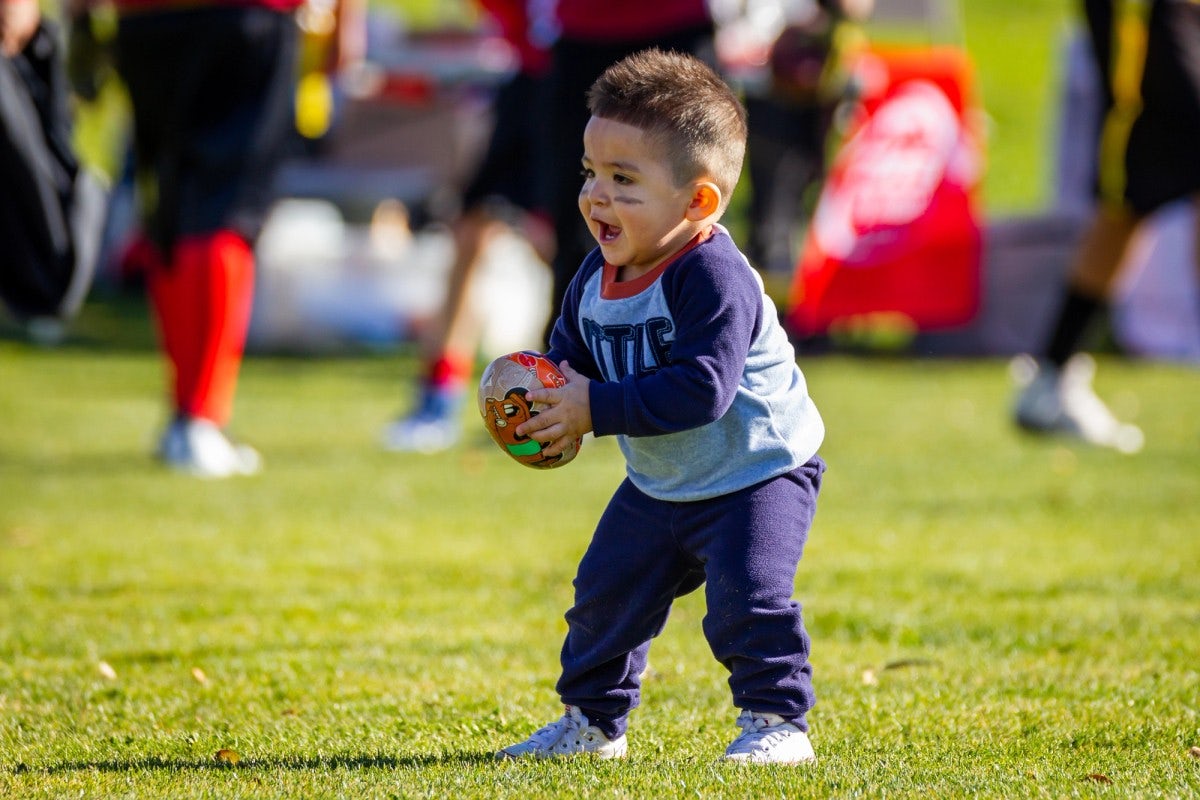
What about the Protagonist?
Ah yes, the protagonists. Usually the main characters, and often the ones who the reader identifies with the most. Because they’re infallible and the reader admires them, right?
Hmm…maybe not. These are the characters who carry the ball down the field and cross into the end zones. The ones who score the touchdowns and win the games. Yet if it happens too easily, the score is heavily weighted on one side, the game loses its excitement and the fans go home.
Our protagonists need to miss the ball at times, or stumble over their own feet, or succeed but not before they’ve dodged their opponents countless times. Our Dodgers are only relatable if they’re not perfect, if they make mistakes.
My same friend also told me that my protagonist wasn’t credible. Of course she wasn’t, because she was me. I was preoccupied with showing how crappy my life had been and taking no responsibility for causing any of it. At some level, I don’t even think that I believed it.
In The Great Alone, the mother turned out to be the one who rescued her daughter, yet she was far from perfect. Hannah showed how she flirted with other men to make her husband jealous, even though it drove him to a violent outburst. Throughout most of the novel, she failed to protect herself and her daughter, time and time again.
Did she deserve the beatings that she endured? No. Hannah expertly showed the trap that ensnares abused women. The mother’s circumstances were entirely believable and gut-wrenching.
Just like the football game, the Dodgers in our stories would be quite boring if they didn’t have another side to them. If they were MVPs in every game, they wouldn’t be authentic.
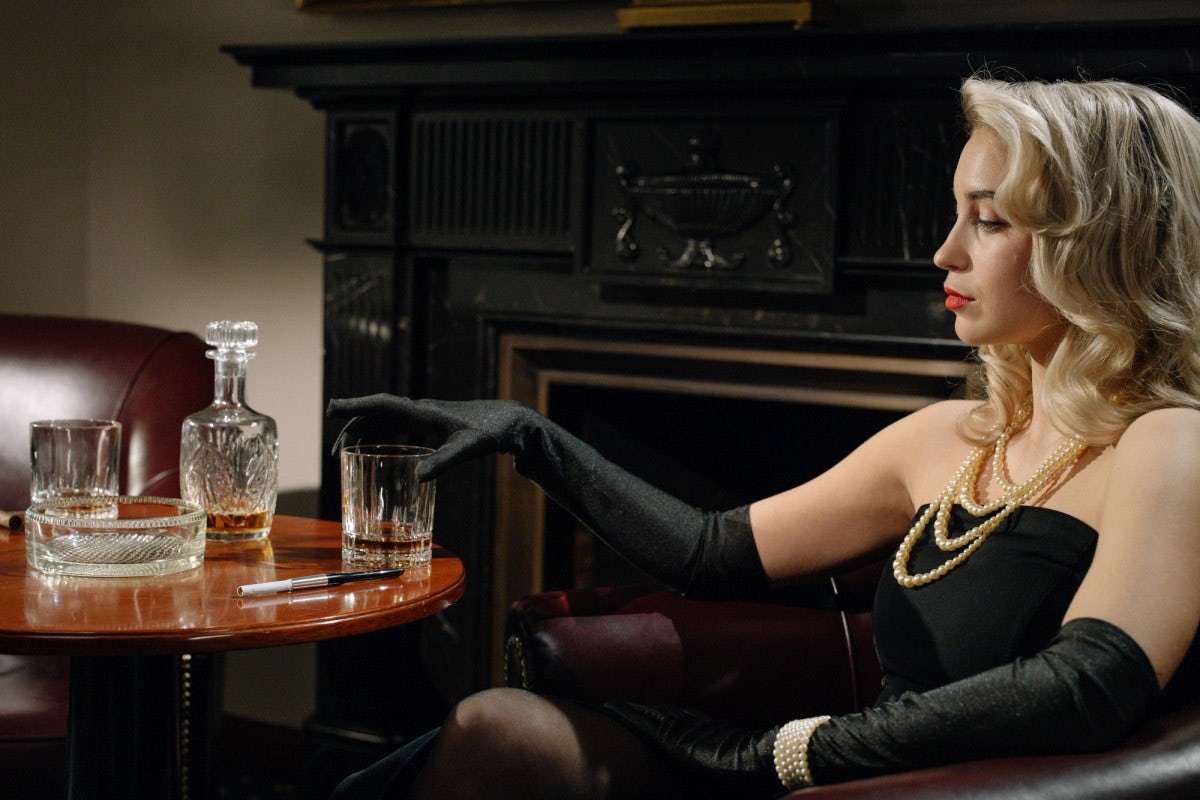
How Imperfect Can They Be?
There’s a limit, of course. My Dodger in Beyond Reach has a number of flaws. There are times when her actions create pain that affects her and everyone connected to her. The trick was to keep her likeable while she fumbled, lost the ball, and was tackled to the ground.
According to my readers, I accomplished this by giving her a self-deprecating sense of humour and a degree of self-awareness where she realized that she’d caused some of her own problems. I drew on my experiences, and the experiences of family and friends.
I also gave her sidekicks, ones who saw her potential and supported her. Along with them, I gave her adversaries who, no matter how much she botched the play, were too harsh and ready to kick her off the team. By using these secondary characters, I managed to draw on the sympathy (hopefully, empathy) of the reader.
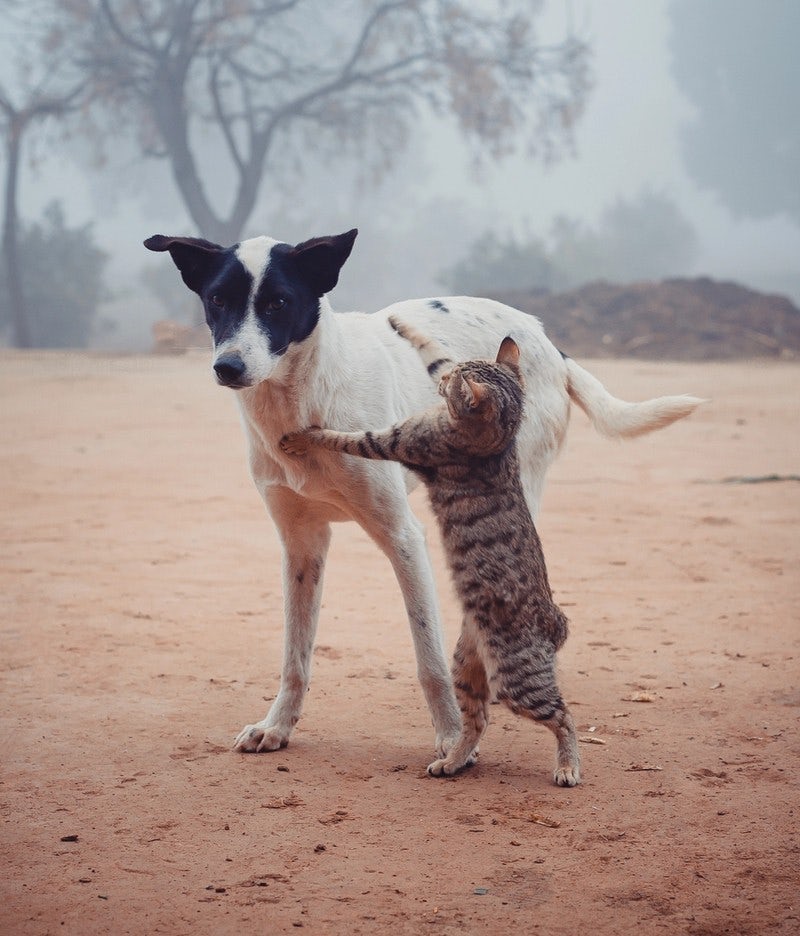
There’s No Guarantee
So, if we create these layers and strive to make our characters believable, everyone will relate to them. Right? Wouldn’t that be grand?
When readers open up a book they also open their own perceptions, based on many factors: their past issues, their interactions, even their prejudices and preconceptions. It’s impossible to predict how each reader will view one of our characters.
In Broken Chain, I created a manipulative, selfish antagonist (Lizzy) who almost ruined the main character’s life. I enjoyed writing Lizzy because she was so conniving and she fascinated me. In my opinion, she wasn’t likeable, even though I gave her the necessary layers to her personality and showed how her past had shaped and twisted her.
To my surprise, members from two book clubs who critiqued the novel said that Lizzy was their favourite character. In fact, they liked her so much that they were disappointed when the main character rejected Lizzy at the end of the book. Not what I intended when I created her (or rather, she created herself), but I realized that I had succeeded in making her authentic enough that my readers empathized with her. So I counted that as a win.
In contrast, I had one reader (only one, thankfully) who didn’t like my main character (Rae) in Beyond Reach. She reminded my reader of her sister-in-law who went off the rails as a teenager. For this reader, Rae was too flawed.
When we create those layers in our characters, there are no distinct lines between good and bad, angelic and nasty. As a result, we run the risk they may not be perceived in the way that we intended. But my readers, in both cases, were engrossed in the novels and, as writers, isn’t that the end result that we want?
As for my friend, I continued to show her my stories and she continued to challenge me. Then, after a few attempts when I hung up the phone, fuming and ready to stick pins in a voodoo doll, I passed along a story where the characters were layered and credible. I didn’t need to phone her for her reaction—she called, to praise me.
After all these years, I now know that stories don’t always have clear cut antagonists and protagonists. Sometimes they just have people—imperfect, complicated, intriguing people who capture our attention and pull us forward. The Dodgers and the Blockers come on the field and square off at centre line. The whistle blows, the ball is passed.
The game begins.